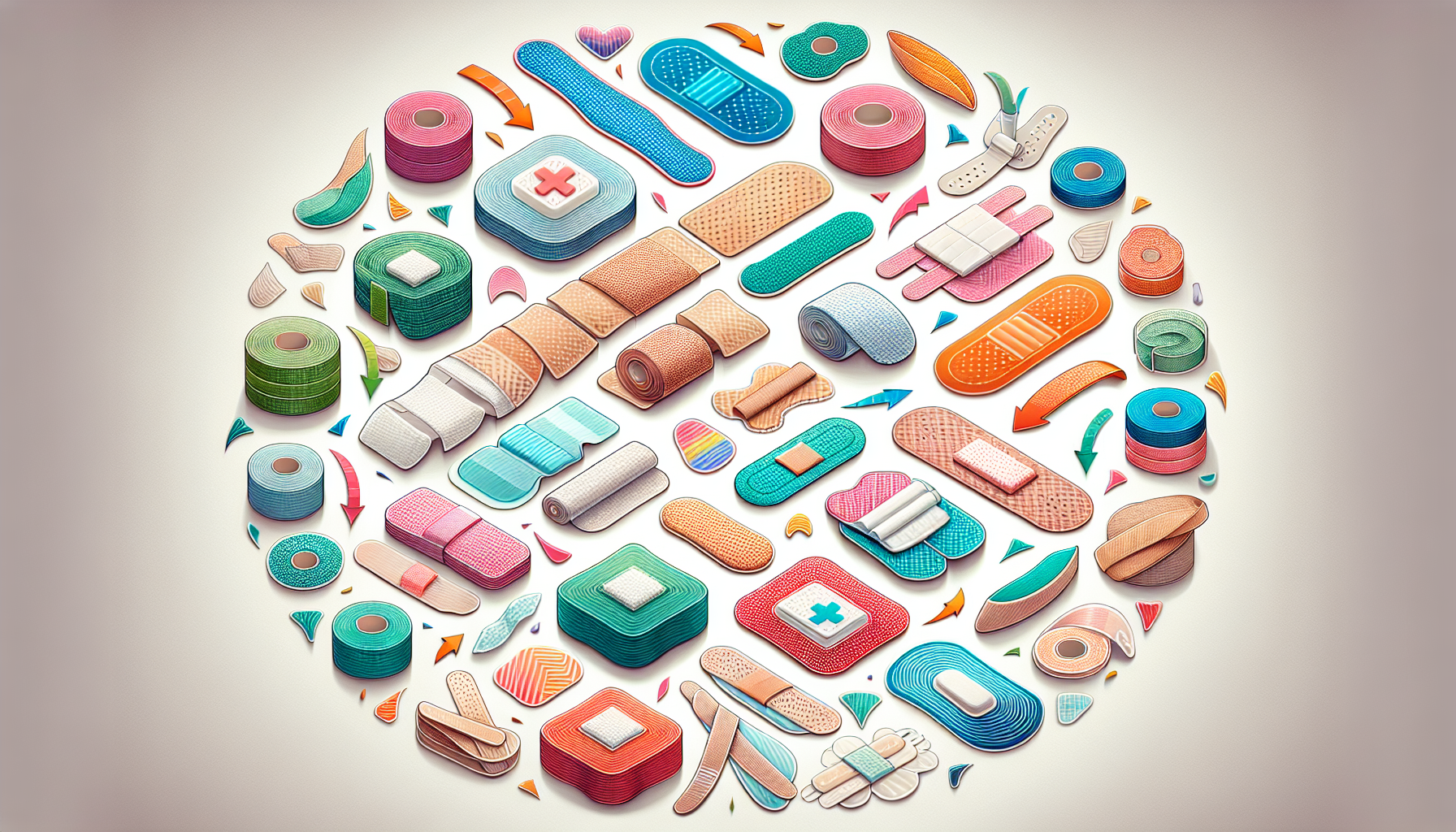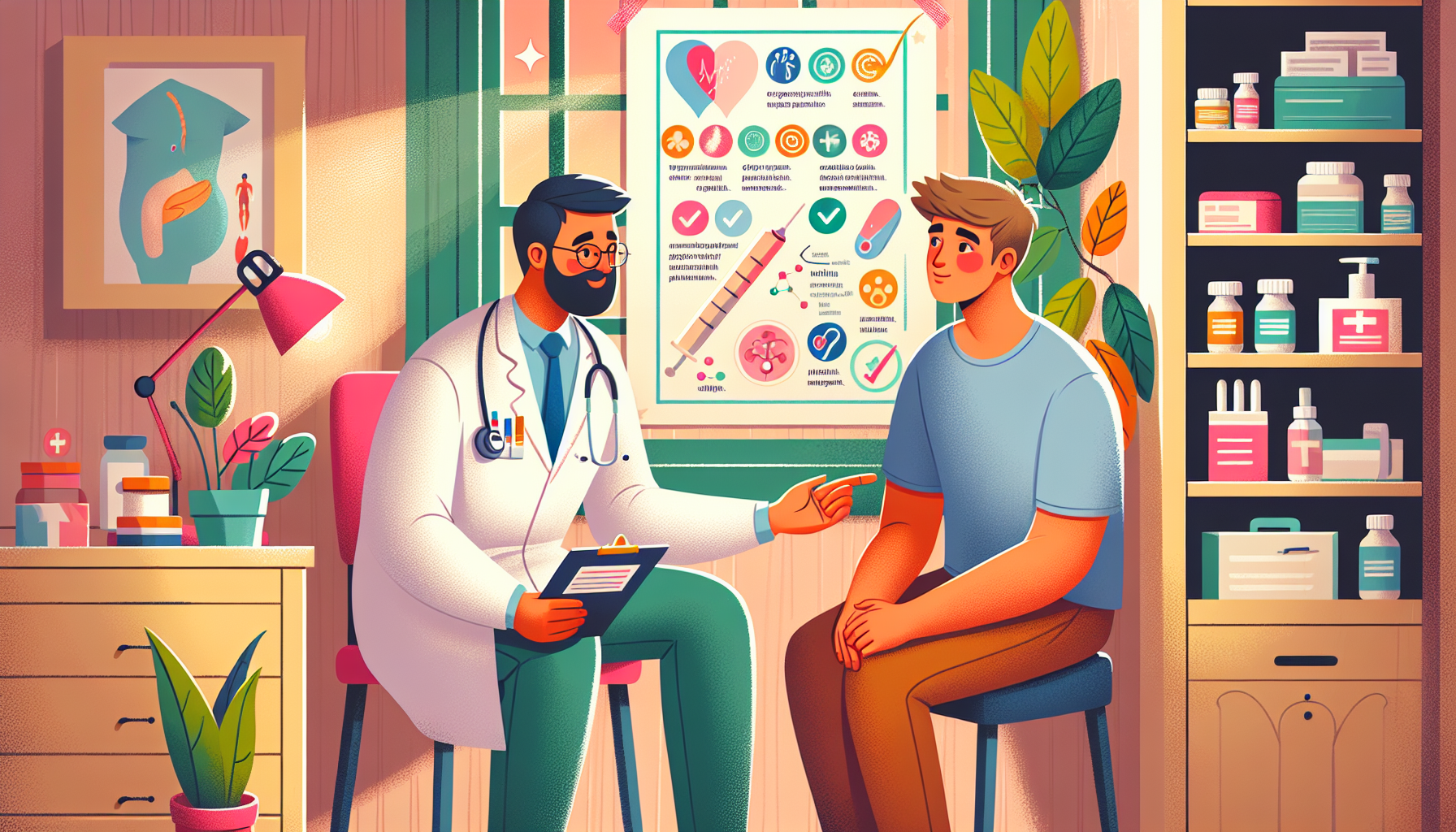
Comprehensive Guide to Wound Care: Healing Tips and Techniques
Managing wounds effectively is essential to prevent complications and speed up recovery. At Trinity Wound Care, we’re dedicated to helping you navigate the complexities of wound care with expert guidance and personalized treatment plans. Whether you’re dealing with a minor cut or a chronic wound, our comprehensive approach ensures that you receive the best care possible, supporting your body’s natural healing process every step of the way.
In this article, you’ll learn how to clean, dress, and manage wounds properly.
Key Takeaways
- Proper wound care is essential to minimize scarring, prevent infections, and support the body’s natural healing process.
- Effective wound management includes thorough cleaning, appropriate debridement techniques, and the use of suitable dressings to promote an optimal healing environment.
- Advanced therapies, including hyperbaric oxygen therapy and negative pressure wound therapy, can significantly enhance healing in chronic wounds that do not respond to conventional treatments.
Importance of Proper Wound Care
Proper wound care helps minimize scarring and prevents serious infections that can lead to severe health complications. Ignoring even minor wounds can result in conditions like cellulitis or sepsis, which can be life-threatening if not promptly and effectively managed. A clean wound environment supports the body’s healing process, ensuring faster and more effective recovery.
The body’s healing process is a complex series of events aimed at restoring skin integrity and function. When a wound is neglected, it can become a breeding ground for bacteria, leading to infected wounds that complicate the healing process. Preventing infection involves thorough cleaning, maintaining moisture in the wound, and using appropriate dressings to protect the wound bed.
Hydrogen peroxide is a commonly used antiseptic, but its effectiveness and safety are debated due to its potential to damage healthy tissues. Instead, potable water or saline solutions can be used for wound irrigation, providing effective cleaning without the risk of harming surrounding skin. This initial care is foundational to ensuring that wounds heal properly and without complications.
Cleaning and Preparing the Wound
Cleaning and preparing a wound is the first step in effective wound management. Start by soothing and cleaning the wound with cool water, which helps to remove debris and reduce the risk of infection. If foreign bodies like pebbles or splinters are present, they should be carefully removed with alcohol-sterilized tweezers to avoid further contamination.
Wound irrigation is a critical technique for cleaning wounds. Using a steady flow of a sterile solution, such as normal saline, helps to hydrate the wound and remove debris. High-pressure irrigation can be more effective for cleaning contaminated wounds but must be managed carefully to avoid damaging healthy tissues. Typically, irrigating a wound with 50-100 mL of solution per centimeter of wound length is recommended for effective cleansing.
Precautions during irrigation are necessary to prevent splashback, which can spread bacteria and contaminants. After initial cleaning, maintaining a dry environment around the wound is crucial for the healing process. Proper care at this stage sets the foundation for successful wound healing, ensuring that wounds heal faster and without complications.
Debridement Techniques
Debridement is a crucial step in wound care, involving the removal of dead skin and tissue to promote the healing process. The main goal is to eliminate nonviable tissue from the wound bed, which supports the body’s healing process and helps prevent infection. Various techniques can be employed, each with specific benefits and indications.
Biological debridement uses sterile larvae to consume necrotic tissue, simultaneously inhibiting bacterial growth. Autolytic debridement, on the other hand, relies on the body’s own enzymes and cells to break down dead tissue naturally. Enzymatic debridement involves applying proteolytic enzymes to selectively break down necrotic tissue, making it a more targeted approach.
Surgical debridement, performed using sharp instruments, is highly effective for removing dead or infected tissue, especially in severe cases. Mechanical debridement employs physical force, such as wet-to-dry dressings, to remove dead tissue, although it can also affect healthy tissue. Rapid surgical intervention can significantly improve recovery outcomes and reduce the risk of severe complications.
Wound Dressings and Their Functions

Wound dressings are integral to the healing process, providing protection and promoting an optimal environment for recovery. They can be classified into traditional and modern types, with modern dressings tailored to specific wound characteristics and needs. An effective dressing should maintain a moist environment, allow gas exchange, absorb exudates, and protect the wound with a thin layer from contamination.
Hydrocolloid dressings create an occlusive environment that supports granulation and epithelialization while preventing bacterial entry. Alginate dressings, derived from seaweed, can absorb large volumes of exudate, transforming into a gel upon contact with wound fluids. Foam dressings provide insulation and maintain a moist environment, capable of handling moderate to high exudate levels.
Antimicrobial dressings contain active agents to prevent infections and should be used judiciously to avoid resistance and cytotoxicity. Hydrogel dressings are beneficial for maintaining moisture in wounds with minimal to moderate exudate and can facilitate autolytic debridement. Choosing the right dressing is crucial for promoting healing and ensuring the wound healing process proceeds smoothly.
Advanced Therapies for Chronic Wounds
Advanced therapies are designed to enhance healing in chronic wounds that are difficult to treat with standard methods. These innovative treatments include techniques like hyperbaric oxygen therapy, negative pressure wound therapy, and skin grafts, each offering unique benefits for promoting healing in complex cases.
The following subsections will delve into these therapies in detail.
Hyperbaric Oxygen Therapy
Hyperbaric oxygen therapy significantly increases oxygen delivery to aid in the healing process. This therapy involves placing the patient in a hyperbaric chamber where the pressure is about two and a half times greater than the normal atmospheric pressure. This elevated pressure allows more oxygen to dissolve in the blood, enhancing the oxygen supply to tissues and promoting healing.
Though it is particularly beneficial for chronic wounds, hyperbaric oxygen therapy can also be effective for treating foot ulcers, burns, and managing post-surgical incisions. The increased oxygen levels help reduce inflammation, fight infection, and stimulate the growth of new blood vessels, making it a powerful tool in the wound healing arsenal.
Negative Pressure Wound Therapy
Negative pressure wound therapy employs suction to draw fluid away from a wound, promoting blood flow and moisture balance. This method accelerates the wound healing process by creating an optimal environment for tissue regeneration. It is particularly useful for chronic wounds and complex cases that do not respond well to conventional treatments.
Negative pressure wound therapy reduces swelling and prevents infection by maintaining a moist environment and removing excess fluids, promoting faster healing. This therapy is versatile and can be used for a variety of wound types, including surgical wounds, open wounds, and infected wounds, making it a valuable option for many patients.
Skin Grafts
Skin grafts are utilized to close large wounds that fail to heal properly on their own, significantly improving the healing process. The procedure involves transplanting skin from another part of the body or using donor skin to cover the wound area. This technique helps to protect the wound, encourage new tissue growth, and ultimately achieve a completely healed wound.
The meshing technique, which involves creating a mesh-like pattern in the graft, allows the graft to cover a larger area and improves healing. Skin grafts are particularly beneficial for chronic wounds and large wounds, offering a reliable solution when standard treatments are insufficient.
Pain Management in Wound Care

Pain management is a critical component of wound care, especially for patients with chronic wounds. Effective pain management not only enhances the healing experience but also contributes to the overall well-being of the patient. Atraumatic dressings can significantly reduce pain during dressing changes, making the process less distressing.
In cases of severe pain, medications such as analgesics can be administered to help manage discomfort. Psychological support is also essential, as the emotional impact of chronic wound pain can be significant. Providing patients with coping strategies and emotional support can greatly improve their quality of life and adherence to wound care protocols.
By addressing both the physical and emotional aspects of wound pain, healthcare providers can ensure a more holistic approach to wound care, promoting better outcomes and a smoother healing process.
Signs of Infection and When to Seek Medical Care
Recognizing the signs of infection is crucial for preventing complications in wound healing. Common indicators include increasing pain, swelling, skin discoloration, and the presence of pus. Early identification of these symptoms can prevent severe complications and ensure timely intervention.
If a wound shows signs of infection, it’s important to seek medical care immediately. Intense pain, swelling, and warmth around the open wound, along with fever and chills, are red flags that necessitate prompt attention from a healthcare professional, especially in the case of an animal or human bite.
Proper care and timely medical intervention can significantly reduce the risk of severe bacterial infection and promote faster healing.
Preventing Complications in Wound Healing

Preventing complications in wound healing requires diligent care and monitoring. Effective wound management can reduce the risk of severe infections like MRSA and necrotizing fasciitis, which can escalate rapidly if not addressed promptly. Large, deep, or jagged wounds are more prone to infection and should be monitored closely.
Certain risk factors, such as diabetes, advanced age, and compromised immune systems, increase the likelihood of complications following skin breaks. Symptoms like swelling, warmth around the wound, and unpleasant odors can indicate a potential infection that needs medical evaluation. Fever, chills, and nausea are additional signs of severe infection requiring immediate attention.
By being aware of these risk factors and symptoms, individuals can take proactive steps to prevent complications and ensure proper wound healing. Continuous monitoring and timely intervention are key to promoting a healthy recovery.
Compression Therapy for Venous Insufficiency
Compression therapy is an effective method for managing venous insufficiency and enhancing blood circulation in the legs. This therapy helps prevent fluid accumulation and alleviates pain and swelling associated with varicose veins and chronic venous insufficiency.
Compression stockings, classified by their pressure levels, are a common form of this therapy. Medium to high compression levels often require a prescription, ensuring that the therapy is tailored to the patient’s specific needs. By improving blood flow, compression therapy can significantly aid in the healing process of chronic wounds.
Alternative Therapies for Wound Healing
Alternative therapies, such as ultrasound and electromagnetic therapy, are explored for their potential role in wound healing. Patient experiences with ultrasound therapy indicate potential pain relief, although clinical studies present mixed results. These therapies offer additional options for managing chronic wounds, though their effectiveness remains inconclusive.
Electromagnetic therapy has been suggested as a treatment for chronic wounds, but substantial scientific backing is lacking. While these alternative therapies may provide benefits for some patients, they should be considered as complementary to traditional wound care methods, rather than replacements.
Summary
Effective wound care is essential for minimizing complications and promoting faster healing. From initial cleaning and debridement to advanced therapies and pain management, each step plays a crucial role in the wound healing process. Understanding the signs of infection and knowing when to seek medical care can prevent severe health issues and ensure timely intervention.
By following best practices and exploring advanced and alternative therapies, individuals can effectively manage wounds and promote a healthy recovery. Remember, proper wound care is not just about treating the wound itself, but also about supporting the overall healing process and enhancing patient well-being.
Do You Have a Wound that Needs Healed?
Take control of your healing journey today! At Trinity Wound Care, we offer personalized, expert care to ensure your wounds heal quickly and effectively. Don’t let a wound slow you down—contact us now to schedule your consultation and experience the best in wound care.
Frequently Asked Questions
What are the 5 rules of wound care?
The five essential rules of wound care are: keep the wound clean, use clean and appropriate dressings, change dressings regularly, follow instructions for antibiotics or topical treatments, and seek professional wound care guidance. Adhering to these rules is crucial for effective healing.
What are the first steps in cleaning a wound?
The first steps in cleaning a wound involve rinsing it gently with cool water to eliminate debris and minimize infection risk. If necessary, employ alcohol-sterilized tweezers to carefully extract any foreign objects.
What is the role of debridement in wound care?
Debridement plays a crucial role in wound care by removing dead tissue to facilitate healing. This process enhances the body’s natural ability to repair the wound effectively.
How can I recognize signs of infection in a wound?
You can recognize signs of infection in a wound by observing increasing pain, swelling, skin discoloration, and the presence of pus. Additionally, symptoms such as fever, chills, and nausea may indicate a more severe infection.
What are some advanced therapies for treating chronic wounds?
Advanced therapies for treating chronic wounds include hyperbaric oxygen therapy, negative pressure wound therapy, and skin grafts, all aimed at promoting healing in complex cases. These methods can significantly improve patient outcomes and expedite recovery.


